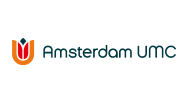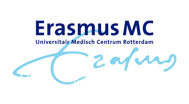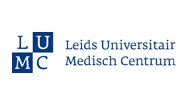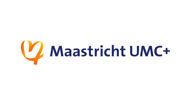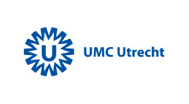Patient experience and improving care
Are patients satisfied with the treatment they received in the umcs? The umcs measure this with the Patient Experience Monitor (PEM). By learning from patient experiences, the umcs can continuously improve care.
Patient experience monitor
Are patients satisfied with the treatment they received in the umcs? The umcs measure this with the Patient Experience Monitor (PEM). By learning from patient experiences, the umcs can continuously improve care.
What is the PEM?
The PEM is a continuous measurement method, developed jointly by the umcs associated in the NFU. The monitor consists of relatively short questionnaires, based on ones from the British Picker Institute. It contains both open and closed questions. When patients are admitted to an umc or visit one of the outpatient clinics, they are asked to complete an online questionnaire. The independent research bureau Expoints sends out the invitation for this by e-mail. The questions explore the modern person-oriented care provision and concern, for example, deciding together, the involvement of loved ones in the treatment, as well as waiting lists, information and remote care.
Together with the expertise centre Pharos, the umcs have invested a great deal of time in making the questionnaires as understandable as possible. There are also separate questionnaires for parents and children in different age categories.
Patients participate voluntarily in the PEM, and their answers are always processed anonymously. The umcs can add specific questions to the PEM for their own umc or departments, for example, to monitor internal improvement processes. The umcs use a question library for this purpose, from which they can select translated and retranslated questions of the Picker Institute to add to the general (generic) questionnaire. This allows them to adjust the questionnaires to their local situation. For the umcs, it is important for the patients to be satisfied with the care provided. Via the PEM, patients give the umcs feedback about points on how to improve the care provision.
How do we view the results?
The PEM results are visible for the umcs in a real-time dashboard. They have a clear and simple overview there of all anonymised outcomes of the umc as a whole, by specialism and for example by department. The results of the other umcs are also visible at these levels. The outcomes can be compared both internally (between specialisms and departments) and externally (with other umcs). In the future the results will be able to be compared internationally as well. This is not only valuable for the umcs themselves, it is also important for the patients to see the results about patient experiences. Up until now, that has been possible via infographics on the websites of the umcs and via 'Ziekenhuischeck' [comparing quality].
Each year the NFU prepares a mixed-case benchmark report, with which striking deviations between the umcs are presented. The umcs use these results to learn from each other and subsequently improve their care.
Who can use the PEM?
The core set of PEM questionnaires consists of the outpatient questionnaires for adults and children (0-7 and 8-17 years), the inpatient questionnaires for adults and children (0-7 and 8-17 years) and the emergency department questionnaire.
The PEM questionnaires are validated questionnaires and owned by the Picker Institute Europe. This means that use of the questionnaires requires a licence agreement with the Picker Institute in England. The umcs are jointly licensed to use the Picker questionnaires.
Licensed institutions can use the questionnaires but they cannot be changed.
Further development of the Dutch questionnaires takes place under the direction of the NFU. The NFU has a PEM Development and Management Group, within which a Questionnaires Working Group is actively engaged in the further development of the questionnaires. A questionnaire that is modified without a validation process no longer falls under PEM questionnaires and may no longer be named as such.
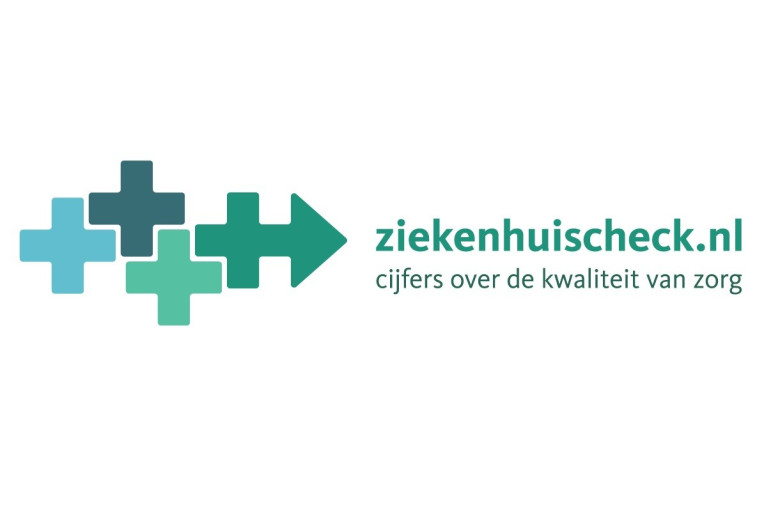
Ziekenhuischeck: comparing quality
Ziekenhuischeck.nl is an initiative of the NVZ and NFU. On this website patients and other interested parties can review and compare quality information about the hospitals in the Netherlands.
Information about the outcomes of treatments, like breast cancer or cataract operations, is available for every umc and hospital. The website also has an overview of the current waiting lists for each hospital. And finally, Ziekenhuischeck shares the scores given by patients when asked about their experience in the hospital and their experiences with Samen beslissen [Deciding together] and Digitale Zorg [Digital care]. These figures are mapped via the Patient Experience Monitor (PEM), which has been developed by the NFU and is being used by more and more hospitals.
Via Ziekenhuischeck, hospitals provide objective and comparable insights. This information can help patients to get a good idea of the quality of the healthcare on offer. The scores on Ziekenhuischeck are thus averages, based on validated research among patients who were recently in the hospital.


